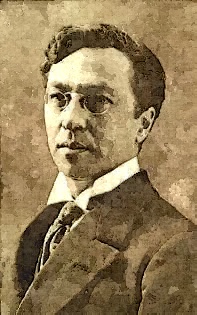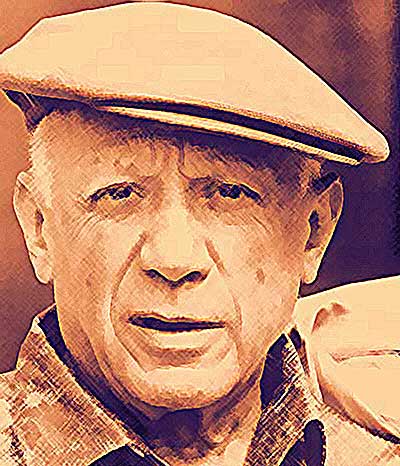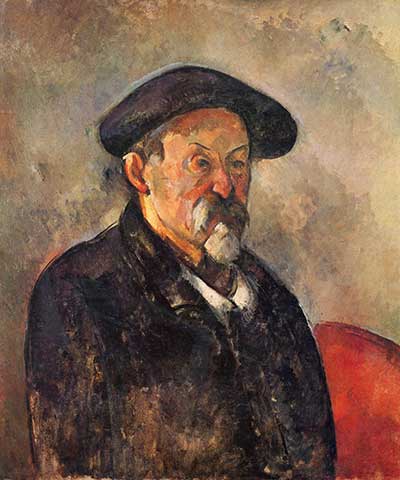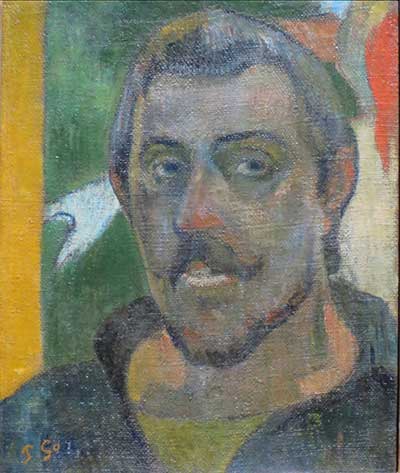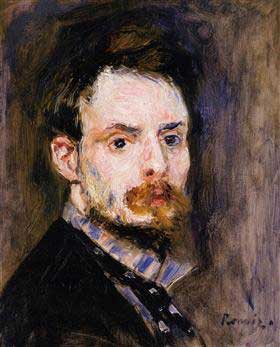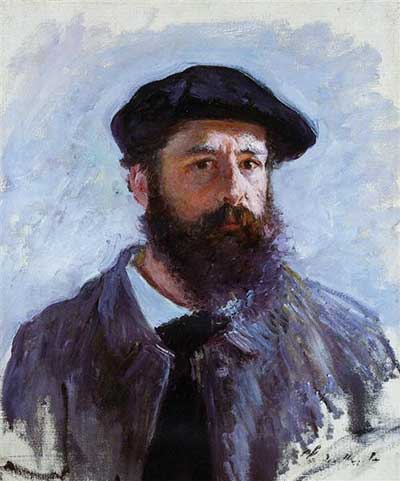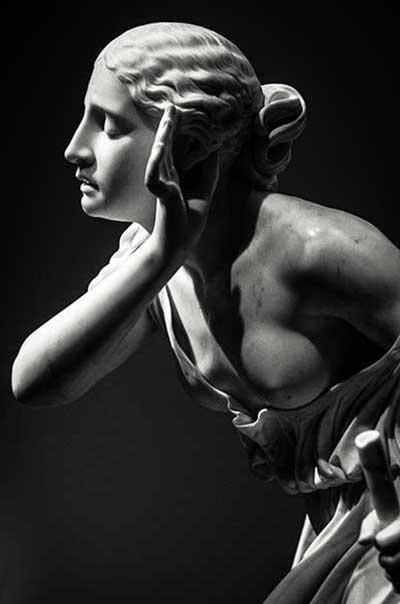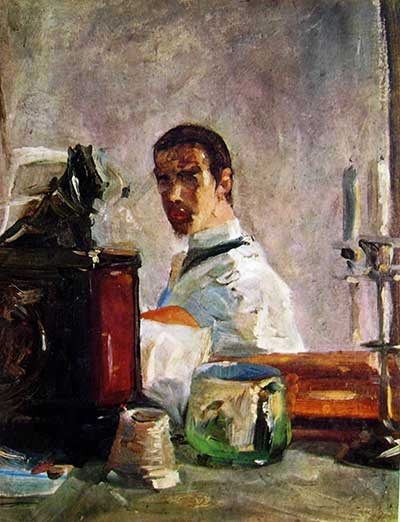
Toulouse-Lautrec Illustrates the Belle Epoque
Toulouse-Lautrec was a Post-Impressionist painter, lithographer, caricaturist and illustrator between 1880-1901.
Henri Marie Raymond de Toulouse-Lautrec-Monfa was a long name for Lautrec that was born in the French upper-class aristocracy. Even Lautrec could have been entitled “Comte”, which was the same as Count, an honourable high-ranked title by the elite societies of the 19th century. But for him, this privilege and the entitlement counted for nothing who painted cafés and brothel life. He had deep sympathy for the lower social classes. Lautrec found an affinity with miserable prostitutes and weak men who negligently had stepped beyond social morals, taking refuge in alcohol and visiting the brothels. In his opinion, the girls in the brothels were not dolls but inspiring human beings he sympathised with and felt compassion for them. He saw those women as equals and was interested in their unconventional lifestyle and anarchic spirits.
As a consequence of Lautrec’s behaviour, his uncle burned his works. His father deprived him of all rights to his inheritance and was unhappy that Lautrec couldn’t protect their heritage and confirm their tradition and lifestyle. However, his mother, who was divorced from his father, unlike his father, encouraged her son’s early enthusiasm for art and continued supporting him throughout his whole career.
Lautrec had severe disability and health problems because of the consanguineous marriage of his parents. Due to his little legs caused by the congenital bone disorder, he was physically unable to participate in the everyday activities of his peers and turned soon to paint. His short stature and abnormal physical appearance somehow affected his relationships with women.
